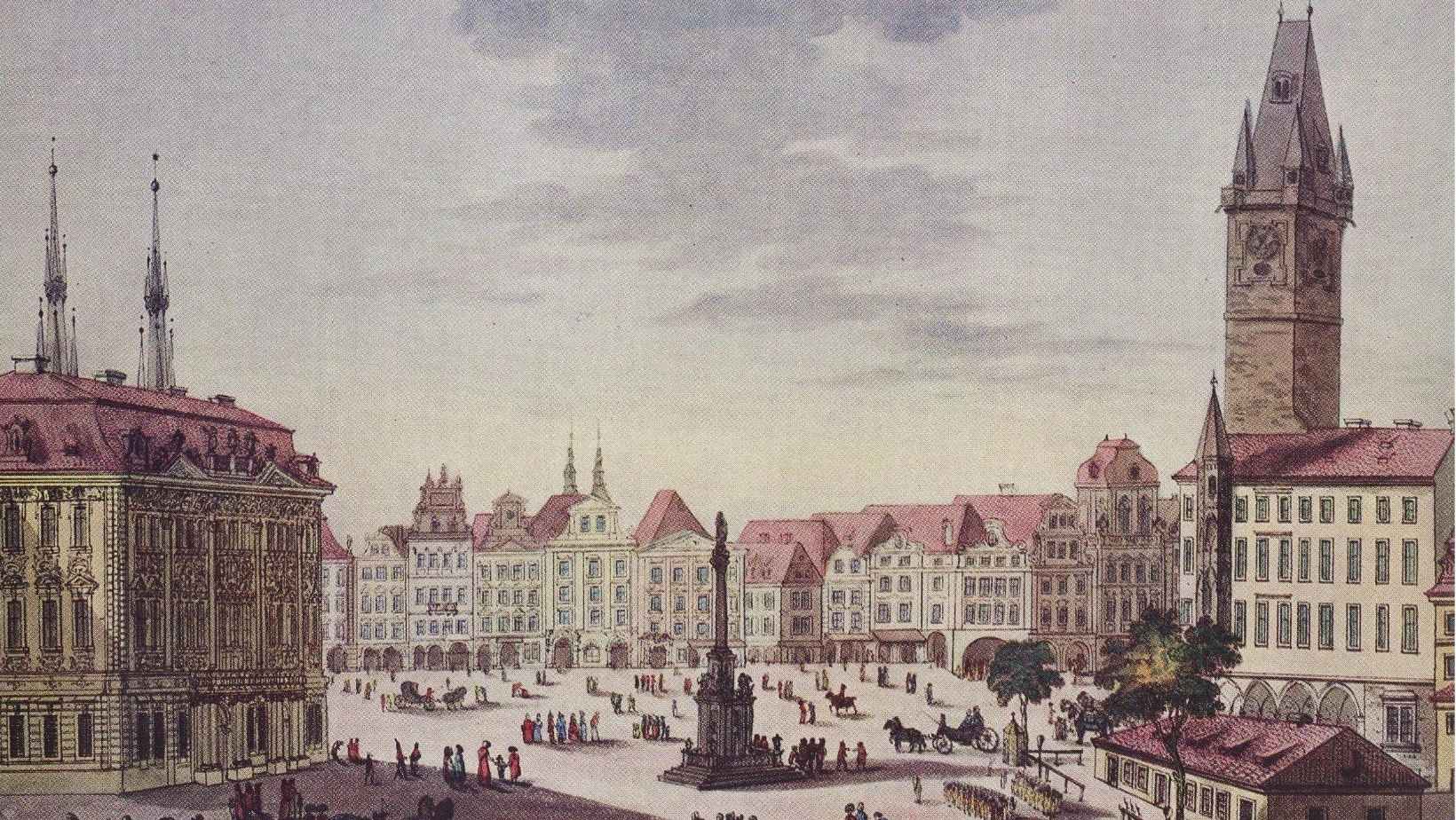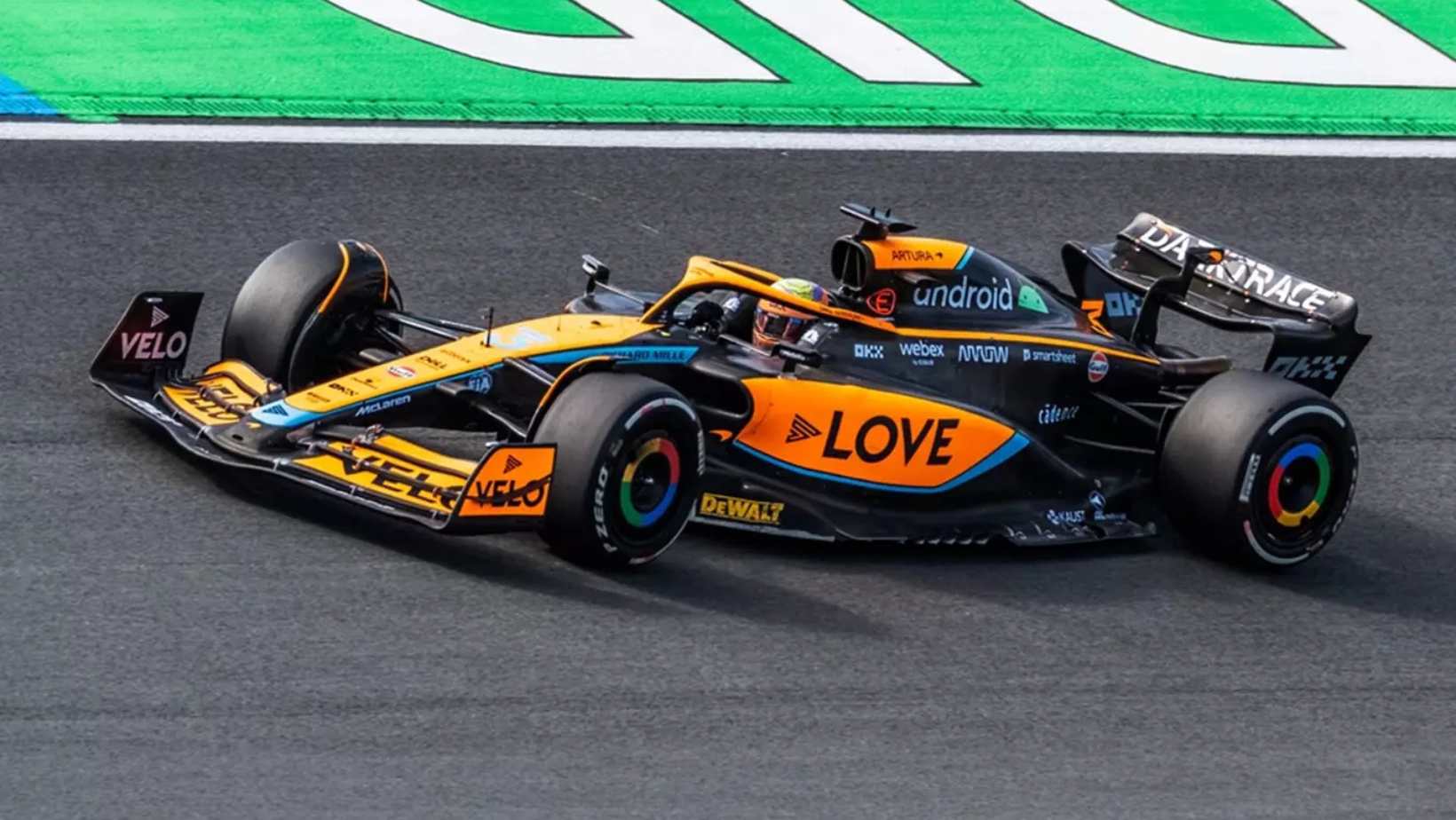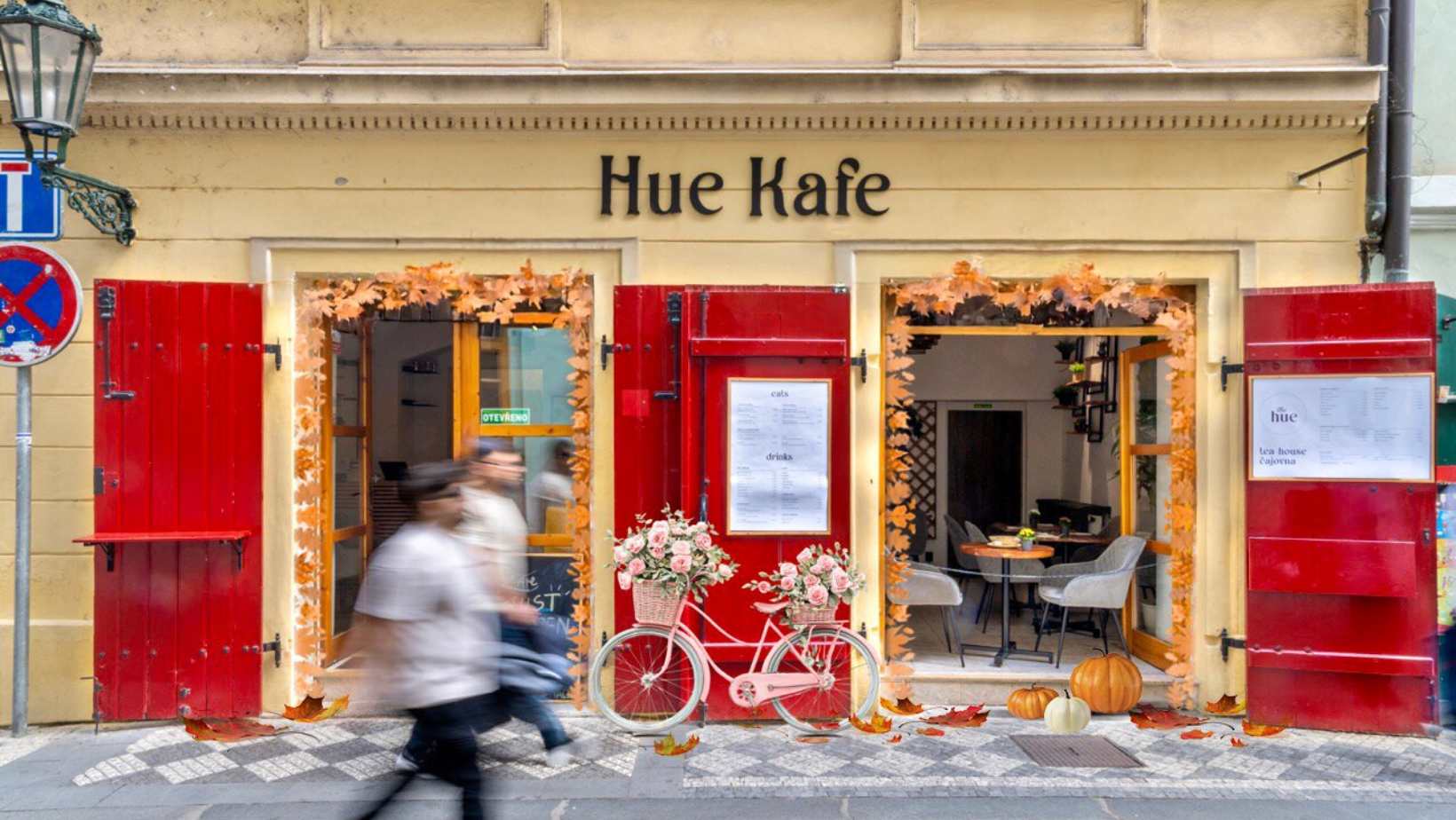240 Years of the Royal City of Prague
Veronica Vedernikova

In 1784 under Joseph II, the four up-to-then independent Prague municipalities – Staré Město, Nové Město, Malá Strana, and Hradčany – merged into one single entity – the Royal City of Prague.
The anniversary of the merger falls on 12th February. It was a big step to make Prague a more modern city.
The four independent and still largely medieval towns had to merge into one single entity to be able to keep up with the modern world. Manufactories had to be built and they brought along a new lifestyle which attracted a lot of peasants into towns.
After the merger, Prague became the second biggest city in the Habsburg Monarchy, the biggest one being Vienna.
At that time, Prague covered 143 hectares and had a population of approximately 76,000 inhabitants. It might come as a surprise that most of the inhabitants of that time did not speak Czech.
The new Royal Capital City was immediately divided into four districts labeled with Roman numerals: Staré Město, i.e. Old Town (Prague I), Nové Město, i.e. New Town (Prague II), Malá Strana, i.e. Lesser Town (Prague III) and Hradčany (Prague IV).
The city administration and the city council had a seat in the Old Town Hall. The new city hall was built in the summer of the same year, in August 1784.
The fact that at that time the whole city was still enclosed by city walls shows the continuing medieval character of Prague very similar to the long-gone times of Emperor Charles IV.
It is interesting to note that the City of Prague of that time did not include Josefov, originally a Jewish Town that did not become part of the Royal City of Prague until 1850, labeled as Prague V.
At that time, Prague had been long surrounded by “industrial suburbs”, such as Karlín, Smíchov, Holešovice and Libeň, but there was not hurry to join these to Prague.
In 1883, thirty-three years after Josefov joined Prague, Vyšehrad followed suit and became Prague VI, followed by Holešovice-Bubny in 1884 (Prague VII) and by Libeň in 1901 (Prague VIII). Great Prague was not formed until the Act of 6th February 1920.
The existing eight districts were joined by 39 surrounding municipalities and the official name changed to the Capital City of Prague.
The city further grew in 1960 (two new municipalities and parts of two cadastral areas), 1968 (21 municipalities of the Central Bohemian Region), 1970 (revised city borders, mainly the airport), and finally in 1974, when other 30 municipalities of the Central Bohemian Region joined the capital.
-
NEWSLETTER
Subscribe for our daily news










